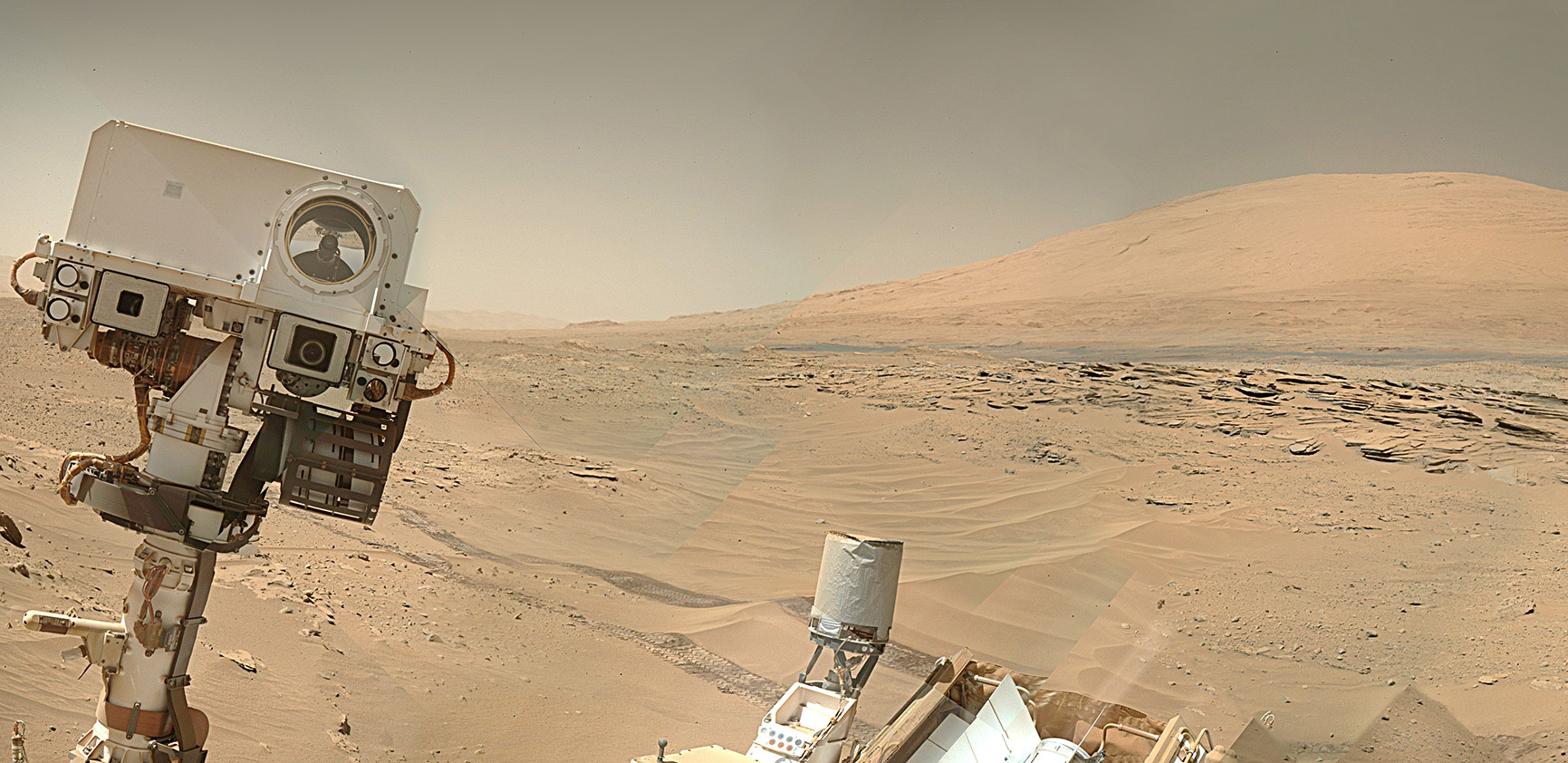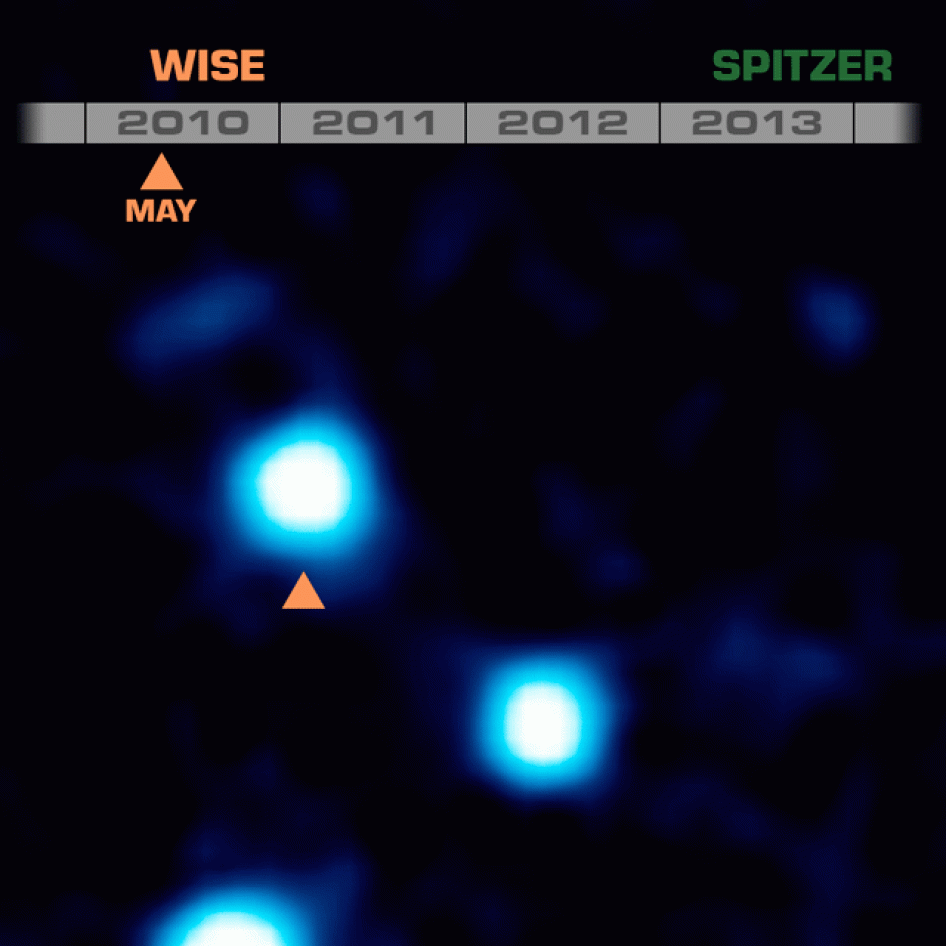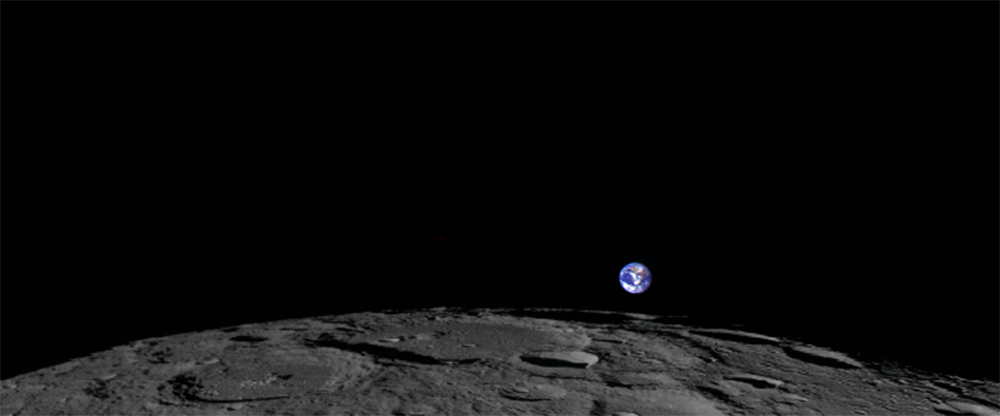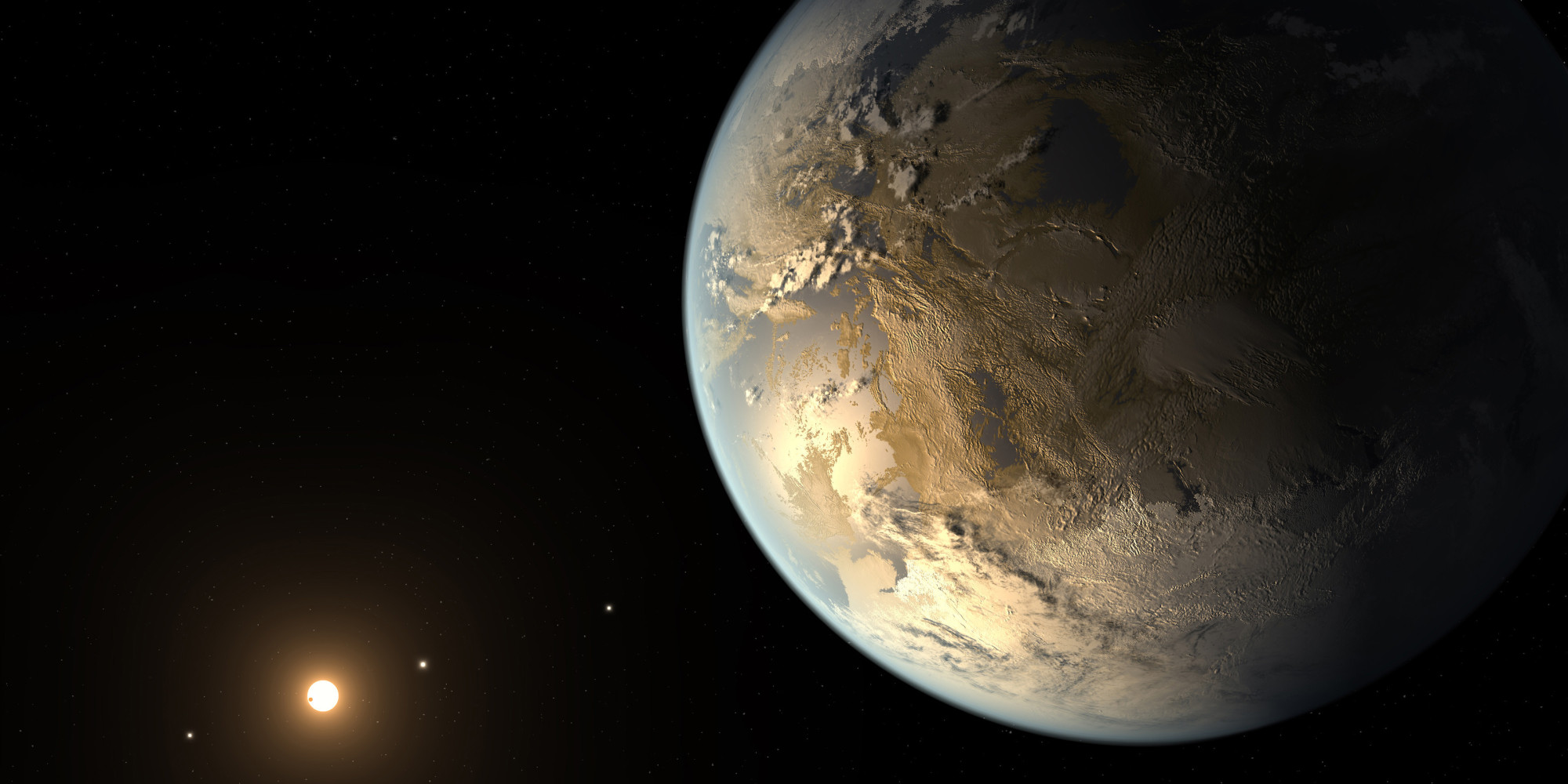
What’s Up in Space News? June 2014
May 2014 :
So perhaps spring didn’t feel terribly spring-like around these parts. Then again, maybe it did… this is New England after all! But June 21 is quickly approaching, and will usher in a long-awaited summer (at 6:51 a.m. EDT, to be exact) which will hopefully be filled with plenty of good weather, lazy days, and miraculously clear nights perfect for stargazing! (With no hats or hot chocolates needed.)
Of course seasons on Earth are relative to your location – it’s nearing winter in Australia – and the stargazing is always perfect in space! And speaking of space, there are lots of fascinating exploration missions going on right now around the Solar System, with new data, images, and discoveries from beyond our own blue sphere coming in almost every day. Here’s some of the most recent and most interesting news:
Curiosity Takes a “Selfie” on Mars
Not to be outdone by teenagers with iPhones, NASA’s Curiosity rover has sent back the coolest “selfie” ever: from inside a crater on Mars! Actually the picture seen here is a combination of nearly a dozen different images acquired with the rover’s turret-mounted Mars Hand Lens Imager, or MAHLI, on April 27 and 28. I found the raw images on NASA’s MSL mission site (I like to check there often for the latest pics from Mars) and stitched them together in Photoshop to create a panoramic mosaic. After sharing it on Universe Today (a news blog I regularly contribute to) it went viral and made the rounds of other online outlets. It’s not a perfect image, as there are some areas where the tiles don’t line up perfectly due to the angle of the MAHLI lens, but it gives a great view of the 3.5-mile-high Mount Sharp and, of course, Curiosity’s “smiling” face! Isn’t she a beauty? Read more about this here.
 A Nearby Star Has Been Found That’s Colder Than Ice – Literally!
A Nearby Star Has Been Found That’s Colder Than Ice – Literally!
Who says all stars have to be hot? At a frigid -54ºF WISE J085510.83-071442.5 is the coldest brown dwarf yet found, and at only 7.2 light-years distant it’s also the fourth closest star to our Solar System. Read more here and watch an animation of this chilly star from WISE and Spitzer observations here.
Astronomers Create a Computer Simulation of the Universe
…and it works. At least, it works to create an end result similar to what the currently observable Universe looks like today. Researchers from the Harvard-Smithsonian Center for Astrophysics and MIT set 8,000 powerhouse computers on a three-month task of building a representative section of the Universe, based on what’s known about the physics of both normal (baryonic) and dark (non-baryonic) matter. The resulting model – called Illustris -- is uncanny in its resemblance to the actual Universe and can now be used to study and test theories of cosmology at any location and period in the history of the cosmos. Read more and watch the simulation here.
 A New Earthrise for the 21st Century
A New Earthrise for the 21st Century
On December 24, 1968, Apollo 8 astronaut Bill Anders took the historic “Earthrise” photo while in orbit around the Moon. On February 1, 2014, NASA’s Lunar Reconnaissance Orbiter captured a very similar image of our planet, using its high-tech LROC imager specially designed to map the lunar surface in high-definition. Seeing our world from 225,000 miles away is always a treat, so be sure to check out the full image and animation here.
Earth-Observing Satellites Clock Runaway Glaciers in Antarctica
Taking a look back at Earth again, NASA and ESA satellites monitoring the ice on West Antarctica have helped researchers confirm that the glaciers there are on an “unstoppable” slide into the ocean, due to warm water currents steadily cutting away their grip on the land from below. This isn’t good news for future generations of humans living along the world’s shores, as these massive ice sheets alone could help raise global sea levels by several feet. Learn more about this sobering discovery here.
And in what may have easily been the biggest space news in the past several weeks:
 Kepler Finds a Possible “Earth 2.0”
Kepler Finds a Possible “Earth 2.0”
It’s the closest thing yet to the astronomical Holy Grail: the discovery of a truly Earth-sized exoplanet orbiting its host star within its habitable zone – the region of space where water could remain liquid on a planet’s surface. Revealed to the world during a NASA press conference on April 17, Kepler-186f is a rocky exoplanet just slightly larger than Earth orbiting a red dwarf 490 light-years away. It’s the first exoplanet of its size to be confirmed in a habitable zone… and, with over 70% of stars in the galaxy being red dwarfs, there are likely a lot more like it out there. Now whether Kepler-186f has an atmosphere with liquid water remains to be seen, but the possibilities are definitely intriguing! Read more in my coverage on Universe Today here.
As you see it’s been a busy few weeks in space and those were only just a few of the recent stories! There were many more, including:
…Saturn may be still actively producing moons, Curiosity started drilling more holes on Mars, our Sun’s twin sister may have been found (Obi Wan was wise to hide her from us), planetary scientist Colin Pillinger (of Beagle 2 fame) passed away, JPL engineers 3D-printed their own Martian meteorite (named “Block Island,” no less!), our galaxy’s magnetic fingerprint has been mapped, a meteor was caught on camera over Toronto during the day, the largest moon in the Solar System has sandwich-like layers of ice and water, Saturn snuck behind the Moon for observers in Australia, Captain Kirk was awarded a medal from NASA (how logical of them) and there’s now a way for everyone to watch beautiful HD video of Earth from orbit live from the ISS, thanks to the new HDEV experiment which is up and running.
Also, back in April I had a chance to tour NASA’s Jet Propulsion Laboratory and Deep Space Network in California during a two-day NASA Social event. Suffice to say it was all the positive superlative words I could possibly think of, so if you want to read my account of what happened and see some photos, check out my article on Universe Today here.
Do you have any questions about these stories or want to know where you can learn more? Feel free to contact me at jpmajor@me.com, and follow me on Twitter @JPMajor and on Facebook as LightsInTheDark. Ad astra!
Jason is a freelance graphic designer and a space news blogger currently living in Warwick, RI. He writes for Universe Today, Discovery News, and on his blog LightsInTheDark.com. He has also been featured on National Geographic News, Space.com, io9.com, PhysOrg, NBC News Cosmic Log, and has attended several launch events at NASA’s Kennedy Space Center.



